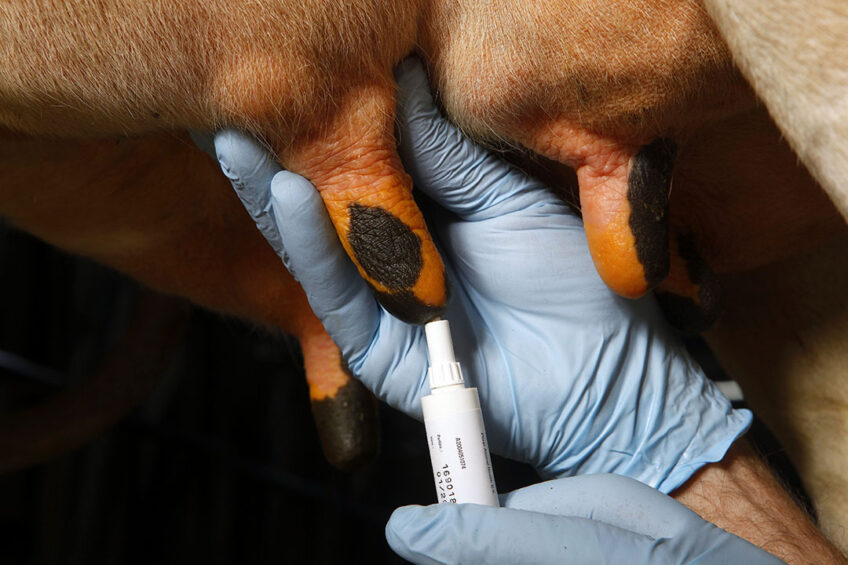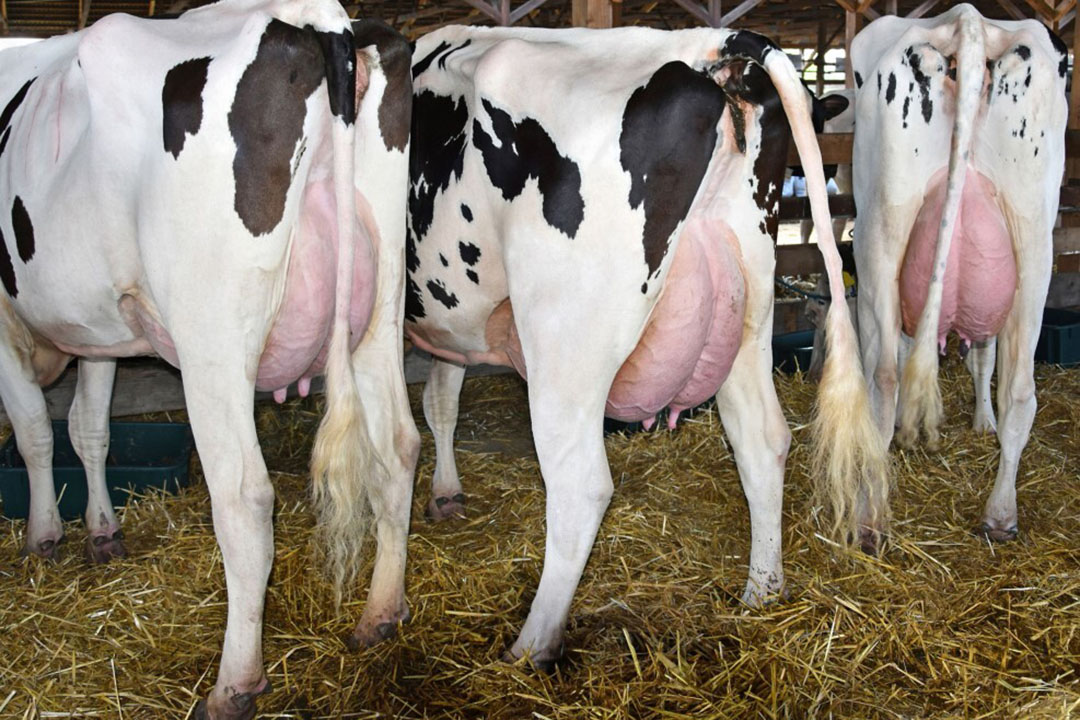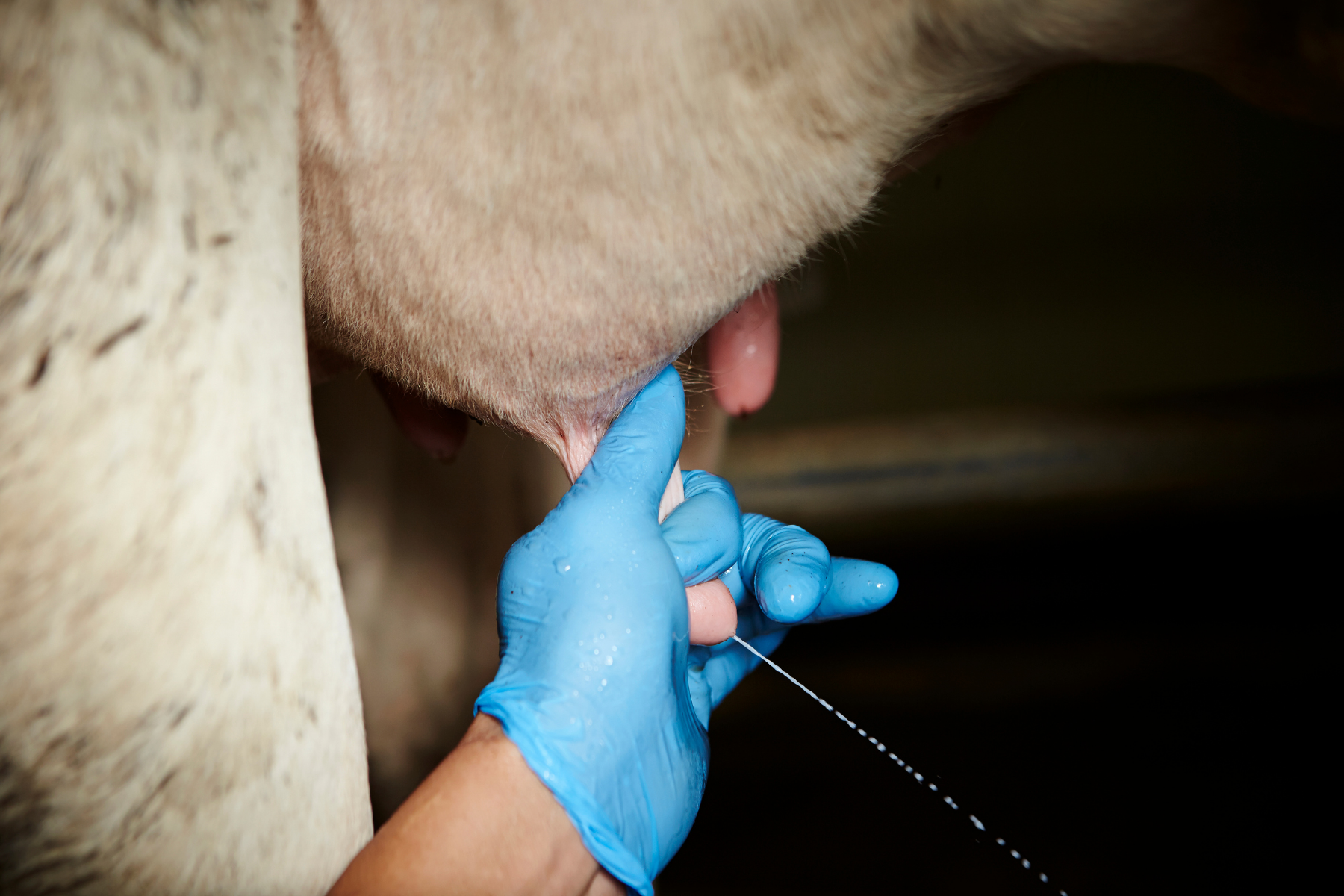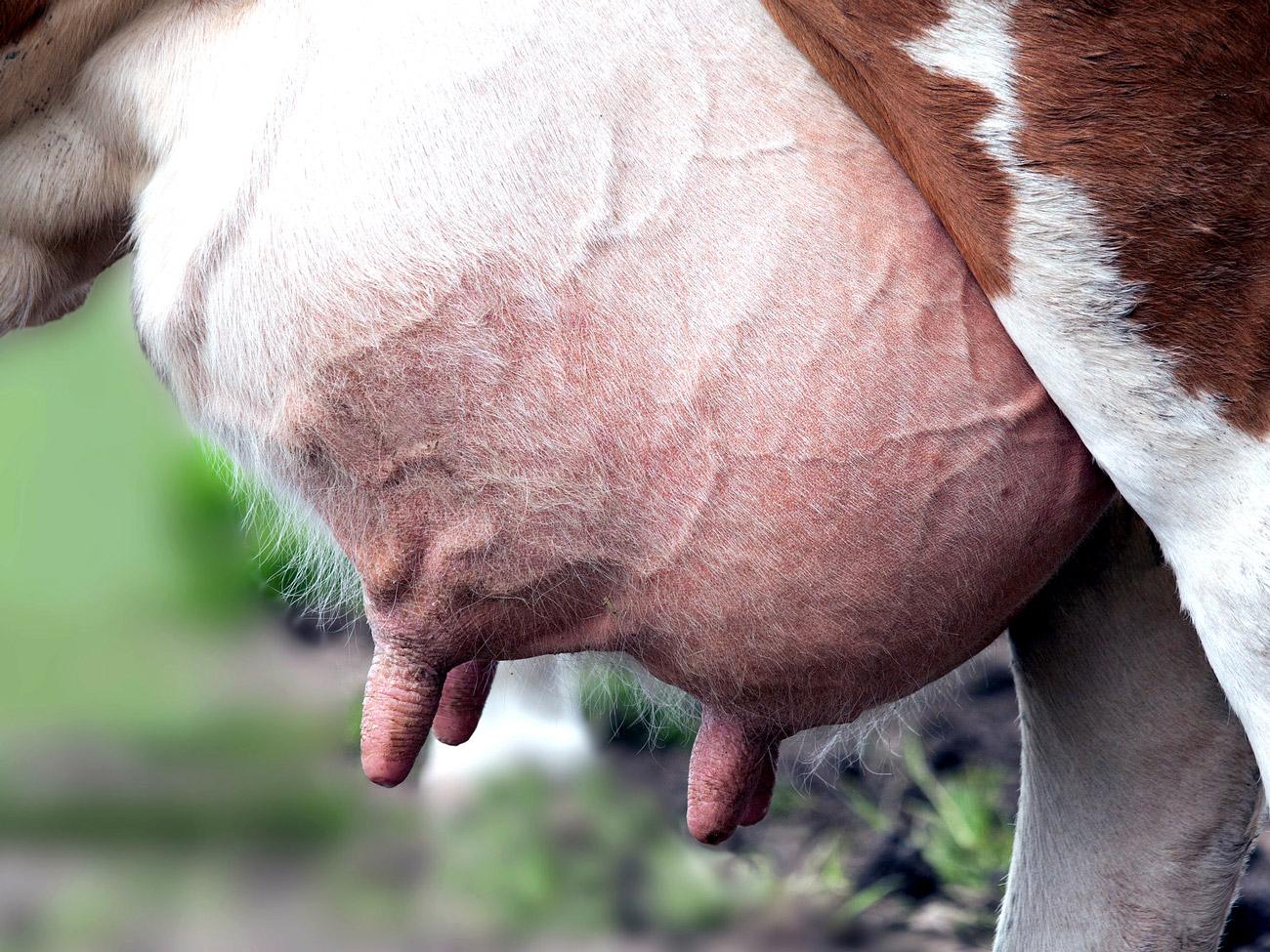Just like SUVs dominate the American automotive market, mastitis in cattle is a prevalent issue in the dairy industry, affecting cows worldwide. This inflammatory disease of the udder can lead to decreased milk production, economic losses, and animal welfare concerns if not properly managed. In this informative guide, we will discuss how to identify, treat, and prevent mastitis in cattle to ensure the health and productivity of your herd. Stay tuned to learn the necessary strategies for combating this common disease in dairy cows.

Key Takeaways:
- Early detection is crucial: Regularly inspect your cattle for signs of mastitis such as swollen or hot udders, discolored milk, or changes in behavior.
- Prompt treatment is necessary: If mastitis in cattle is suspected, consult with a veterinarian for proper diagnosis and treatment to prevent the spread of infection.
- Preventative measures are crucial: Implement good hygiene practices, proper milking techniques, and maintain a clean environment to reduce the risk of mastitis in your cattle herd.
Why Does Mastitis In Cattle Happens?

- Proper Nutrition and Herd Management: Ensure that cattle receive a balanced diet rich in essential nutrients to maintain a strong immune system. Manage stress levels in the herd by providing adequate space, clean bedding, and comfortable living conditions.
- Regular Health Monitoring: Frequently check cows for early signs of mastitis, such as swelling, redness, or changes in milk appearance. Early detection and prompt treatment can prevent the spread and severity of the infection.
- Culling Chronic Cases: Identify and cull cows that have recurrent mastitis issues or those that are chronic carriers of mastitis in cattle-causing pathogens. This helps to prevent the spread of infection within the herd.
- Use of Pre- and Probiotics: Incorporate prebiotics and probiotics into the cattle feed to promote a healthy gut microbiome, which can enhance overall immunity and reduce the incidence of mastitis.
- Genetic Selection: Breeding for mastitis resistance can be an effective long-term strategy. Select cows with lower somatic cell counts and a history of good udder health for breeding to gradually improve the genetic resistance to mastitis within the herd.
- Maintain Proper Milking Hygiene: Ensure that the udders and teats are thoroughly cleaned before and after milking. Use proper milking techniques and equipment, ensuring that milking machines are well-maintained and sanitized regularly. Post-milking teat dipping with an appropriate antiseptic solution can significantly reduce the risk of infection.
- Implement a Dry Cow Therapy Program: Administer long-acting antibiotics to cows at the end of their lactation period (dry-off) to treat existing infections and prevent new ones. This helps to reduce the bacterial load in the udder during the dry period, thereby lowering the incidence of mastitis when the cows calve and begin milking again.
Identifying Mastitis in Cattle – Signs of Mastitis

Recognizing Symptoms
On a dairy farm, it is crucial to be able to spot the early signs of mastitis in cattle. Some common symptoms include changes in milk color or consistency, swollen or hot udders, and a decrease in milk production. If you notice any of these signs, it is important to take action promptly to prevent the spread of infection and potential loss of productivity.
Diagnostic Tools and Testing
Symptoms of mastitis can vary depending on the severity of the infection and the type of bacteria involved. A thorough physical examination of the udder, including palpation and inspection of the milk, is imperative for diagnosing mastitis in cattle. Additionally, diagnostic tools such as California Mastitis Test (CMT) or somatic cell count (SCC) can provide valuable information about the health status of the udder.
Mastitis Treatment Strategies
Immediate Care Measures
An vital step in treating mastitis in cattle is to provide immediate care measures. This includes isolating the affected animal to prevent the spread of infection to other herd members, applying hot compresses to the udder to help alleviate pain and swelling, and if necessary, administering anti-inflammatory medications to reduce inflammation.
Long-term Treatment Options
Options for long-term treatment of mastitis in cattle may include a course of antibiotics prescribed by a veterinarian to target the specific bacteria causing the infection. It is crucial to follow the prescribed treatment regimen diligently to ensure complete eradication of the infection and to prevent recurrence. Some cases may require additional supportive therapies such as intramammary infusions or systemic treatments.
With prompt and appropriate treatment, most cases of mastitis in cattle can be successfully resolved. It is vital to work closely with a veterinarian to develop an effective treatment plan tailored to the individual animal’s needs and to monitor progress closely to ensure a full recovery.
Prevention Techniques of Mastitis in Cattle

Environmental Management
With proper environmental management, you can significantly reduce the risk of mastitis in your cattle. Make sure your barns and milking parlors are clean and well-maintained. Implement a regular cleaning schedule, provide comfortable bedding, and ensure adequate ventilation to minimize bacterial growth. Additionally, practice good drainage to prevent wet and muddy conditions which can contribute to the spread of mastitis-causing bacteria.
Herd Health Practices
Practices that focus on herd health are crucial in preventing mastitis in cattle outbreaks. Regularly monitor your cattle for any signs of udder infection, such as swelling, heat, or abnormal discharge. Implement a strict hygiene protocol during milking, including proper hand washing and teat disinfection. Keep detailed records of mastitis cases to track patterns and identify potential sources of infection within the herd.
Prevention techniques also involve regular health checks with a veterinarian to ensure your cattle are up to date on vaccinations and deworming. A well-balanced diet and proper nutrition can help boost the immune system of your herd, making them more resistant to mastitis in cattle. By combining environmental management with herd health practices, you can effectively minimize the risk of mastitis and maintain the overall well-being of your cattle.
Advanced Considerations

- Antibiotic Treatment
- Vaccination Strategies
Antibiotic Stewardship in Mastitis Management
The appropriate use of antibiotics in mastitis in cattle treatment is crucial to prevent antimicrobial resistance. It is imperative to follow veterinary guidelines and only use antibiotics when necessary, based on culture and sensitivity testing. Limiting the use of broad-spectrum antibiotics and adopting targeted therapy can help reduce the risk of resistance development.
Economic Impact of Mastitis on Farm Operations
Management of mastitis goes beyond the health of the individual cow; it also significantly impacts the overall economic viability of a dairy operation. The costs associated with mastitis include treatment expenses, reduced milk production, discarded milk, and potential culling of infected cows. Implementing effective mastitis in cattle prevention strategies can help minimize these economic losses.
Mastitis not only affects the welfare of the cows but also has a substantial financial impact on dairy operations. In addition to direct costs such as treatment and reduced milk production, mastitis in cattle can lead to indirect expenses like increased labor and management efforts. Implementing a comprehensive mastitis management plan is imperative for maintaining both animal health and farm profitability.
Summing up

Drawing together the importance of understanding mastitis in cattle, this article has provided valuable insights into how to identify, treat, and prevent this common disease. By recognizing the signs early, implementing proper treatment protocols, and following preventive measures such as maintaining proper hygiene, improving cow comfort, and using mastitis vaccines, farmers can effectively manage mastitis on their farms. With the right knowledge and proactive approach, mastitis can be controlled, leading to healthier cows, improved milk quality, and increased productivity in the dairy industry.
FAQ
Q: What is mastitis in cattle?
A: Mastitis is an inflammatory response in the udder tissue of cows, usually caused by bacteria entering the udder through the teat canal. It is a common and costly disease in dairy cattle that can affect milk production and quality.
Q: How can mastitis in cattle be identified?
A: Mastitis in cattle can be identified through visual and manual methods. Visual signs include abnormal milk consistency, color, or clots, as well as swelling or redness in the udder. Manual detection involves feeling for heat, pain, or lumps in the udder.
Q: What are some ways to prevent and treat mastitis in cattle?
A: Preventing mastitis in cattle involves maintaining proper hygiene practices, such as regular udder cleaning, proper milking procedures, and a clean environment. Treatment includes antibiotic therapy, anti-inflammatory drugs, and supportive care to help the cow recover.










